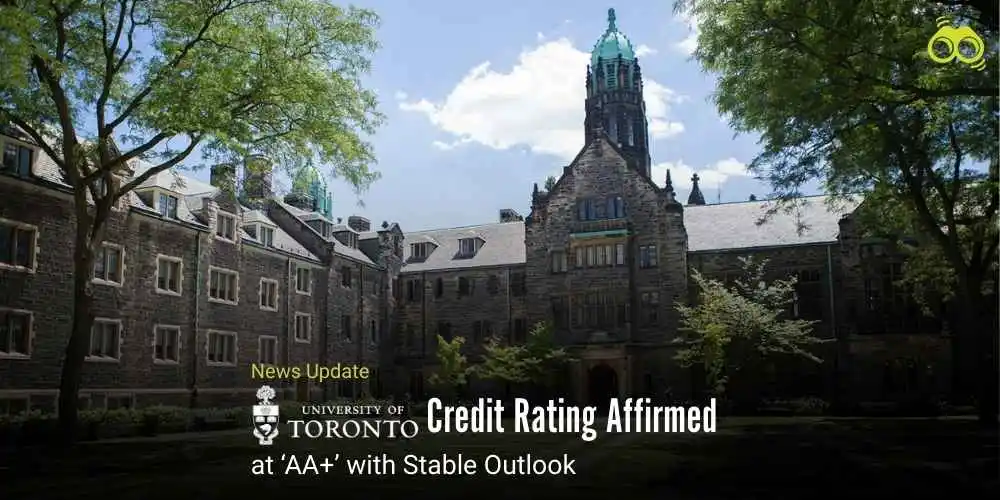Government Pledges Reform as White Working-Class Attainment Gap Widens
2025 Cohort Marks First Uninterrupted Exam Cycle Since COVID
In a marked return to academic stability, A-level results in England this year were expected to align more closely with pre-pandemic grading standards for the first time since the onset of Covid-19. Following several years of disrupted learning, cancelled examinations, and adjusted grading frameworks, the 2025 cohort represents a significant milestone in the post-pandemic education landscape. The grades awarded were reported to mirror patterns last seen in 2019, with the proportion of A* to E results calibrated against the same cohort’s GCSE outcomes from two years earlier. Although many students sitting A-levels this spring had experienced pandemic-related disruption during their early secondary education, they were understood to be the first group to complete their full exam cycle without major interruptions. This shift reflects a broader effort to restore consistency and comparability in national assessment standards.
The announcement came ahead of A-level results day 2025, with Education Secretary Bridget Phillipson pledging to address longstanding disparities, particularly for white working-class pupils. She confirmed that a school's white paper, due in the autumn, would outline targeted reforms to narrow the attainment gap. According to Professor Alan Smithers of Buckingham University’s Centre for Education and Employment Research, A-level results in 2024 were unexpectedly high, which could influence this year’s figures. He predicted that grades would stabilise near last year’s levels, one or two percentage points above pre-Covid benchmarks, equating to an estimated 14,200 additional As and 21,300 A A grades.
Smithers also highlighted subject-level variations, shifting entry patterns, and changes in gender distribution. A* and A grades had surged during the teacher-assessed years of 2020 and 2021, and although slightly lower since the return of formal exams in 2022, last year still saw 9.3% of entries awarded an A*, exceeding pre-pandemic levels and prompting scrutiny from education analysts. Further insights from FFT Datalab indicated that A-level entries in the UK were lower this year than the 2024 peak, as patterns stabilised following the post-pandemic surge linked to inflated GCSE scores. Career-oriented subjects such as business studies and economics were expected to overtake history in popularity, while maths and the sciences continued to grow despite the overall decline in entries.
Figures showed 40,900 students had taken history, compared with 41,900 for economics and 43,000 for physics. Maths remained the most popular subject, with 105,000 entries, an increase of over 4% from the previous year. In contrast, English literature entries fell by 5% to below 35,000, while French and German continued their downward trend. Approximately 250,000 sixth-formers were due to receive their results on Thursday, alongside those collecting BTECs and T-levels. Students in Wales and Northern Ireland would also receive results under separate grading systems, while Scotland had already released Higher and Advanced Higher outcomes, showing record A–C achievement in Highers.
In England, A-level grades remained closely tied to UCAS offers. However, Mike Nicholson, Cambridge University’s director of recruitment, admissions, and participation, suggested that institutions might show greater flexibility in 2025. He noted that applicants who narrowly missed their grades, such as achieving AAB instead of the required AAA, could still be admitted, particularly if the lower grade was in a non-essential subject and the university had capacity for near-miss candidates already committed to the admissions system.
Phillipson described it as a “national disgrace” that so many young people were “written off” by the education system, citing the “stark” attainment gap for white working-class pupils. Department for Education data for 2023–24 revealed that only 18.6% of white British pupils on free school meals achieved at least a grade 5 in English and maths, compared with 45.9% of all state school pupils. She warned that these students were poorly positioned to progress academically or professionally, and emphasised that the forthcoming white paper would aim to deliver lasting reform.
These developments have reignited public debate around key questions: Are A-level results back to pre-pandemic levels? How do this year’s grades compare to previous years? Will A-level outcomes affect university admissions in 2025? What factors have shaped grading trends since the pandemic? Such questions are expected to remain central to discussions on assessment policy and higher education access in the UK. This year’s results signal a cautious but meaningful step towards restoring academic continuity and equity in England’s post-pandemic education system.
Editor’s Note:
This year's A-level results signify a pivotal moment, not solely in terms of grading, but in the restoration of trust. Following a period of uncertainty, both students and educators have finally reverted to a system that feels familiar, albeit not entirely equitable. The decision to revert to pre-pandemic grading standards is a positive step. However, it prompts challenging questions: Can we genuinely assess students using outdated criteria, given that their educational experiences were profoundly impacted by unprecedented disruptions? The government’s promise to tackle the white working-class attainment gap is long overdue. For too long, these pupils have been left behind, and the data shows it clearly. Reform must go beyond headlines; it needs funding, accountability, and a serious rethink of how success is measured.
Skoobuzz underlines that universities need to play a crucial role. Flexible admissions are not a concession but an acknowledgement of the genuine difficulties students encounter. Achieving a more equitable system requires us to move beyond the narrow view that grades are the sole indicator of a student's potential.














0 Comments (Please Login To Continue)